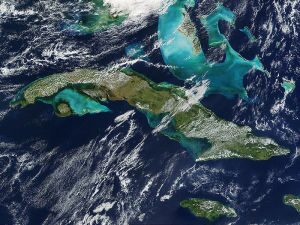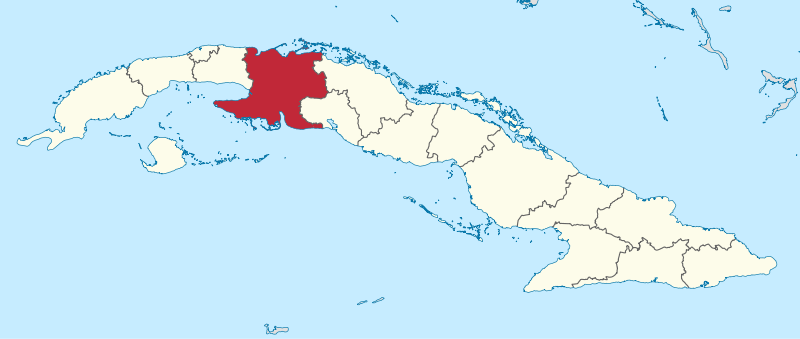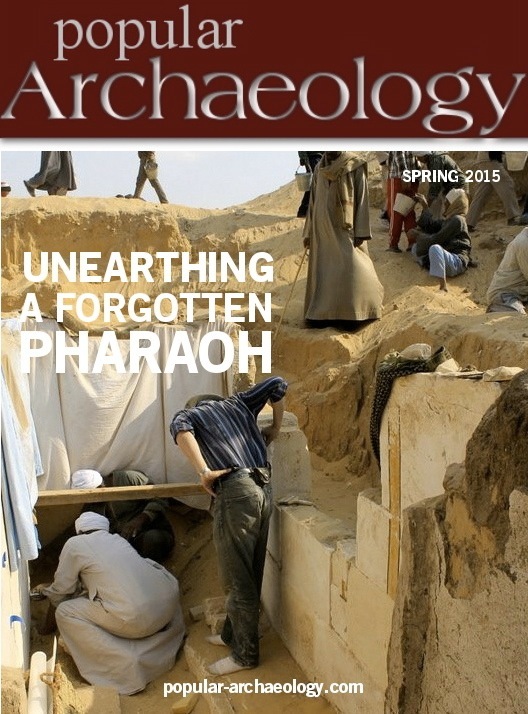
The use of cultigens and wild plants by pre-contact populations has long been accepted by scholars to have been well established in all regions of the circum-Caribbean and Greater Antilles except for Cuba, the largest island in the Caribbean—until now.
An international team of researchers examined a population traditionally understood by Cuban archaeologists as “fisher–gatherers”, who left remains at a shell-matrix site known as Canímar Abajo, in the province of Matanzas, Cuba. Partnering with a team of Cuban and other Canadian researchers, University of Winnipeg (UWinnipeg) professors Dr. Mirjana Roksandic and Dr. Bill Buhay, along with lead study author Chinique de Armas, examined the population’s subsistence practices by using a combination of starch evidence from dental calculus, aided by human bone collagen carbon and nitrogen isotope based probability analyses. Their results showed that the population used cultivated plants in the Caribbean well before the commonly accepted advancement of agricultural groups in the region (around 500 CE). They dated some of the remains to at least 990 – 800 BCE, indicating that the practice was much older than previously assumed. Specifically, they found that this population consumed and processed common bean, sweet potato and a highly toxic plant called zamia that required special treatment prior to consumption.
The bone collagen isotope data was derived at Buhay’s Isotope Laboratory (UWIL) at UWinnipeg. Starch grains were extracted from dental calculus at the University of Toronto (Mississauga) in collaboration with Dr. Sheehan Bestel and independently verified by a leading specialist from Puerto Rico, Dr. Jaime Pagan Jimenez.
__________________________________
 Map of Cuba showing the province of Matanzas (in red), where the site of Canimar Abajo is located. Wikimedia Commons
Map of Cuba showing the province of Matanzas (in red), where the site of Canimar Abajo is located. Wikimedia Commons
_________________________________
The site of Canímar Abajo has been excavated over the last 10 years by Professor Rodríguez Suarez (also a coauthor of the research paper) of the University of Havana, who first started examining the possibility that the early indigenous Cubans used domesticated plants in their diet.
“This unequivocal evidence of domestic plant consumption will serve to dispel the notion that indigenous Cubans from that time period (2nd millennium BC) were fisher-gatherers with no knowledge of agriculture and cultivated plants” said Suarez.
According to the team linguist Dr. Ivan Roksandic, “these people have often been called Ciboney”, a name erroneously translated as “cave people.” The notion of highly mobile cave dwellers stems from colonial attitudes towards indigenous groups in the Caribbean, and the new inferred diet information revealed in this study “adds substantially to our understanding of their inherent environmental competence” he adds.
“Canímar Abajo is just beginning to produce surprises that challenge the archaeological paradigm for the region” according to another team member, Professor David Smith of the University of Toronto (Mississauga). Mirjana Roksandic adds that, “this is just the beginning of a very fruitful collaboration which is posed to extend this combined methodology of physical (dental calculus starch grains) and chemical (bone collagen isotopes) analysis to other sites in Cuba and the Caribbean”.
Their findings* were published in the Journal of Archaeological Science.
_____________________________________
*Y. Chinique de Armas, et al.,Starch analysis and isotopic evidence of consumption of cultigens among fisher-gatherers in Cuba: the archaeological site of Canímar Abajo, Matanzas, Journal of Archaeological Science, doi:10.1016/j.jas.2015.03.003
The Journal of Archaeological Science (http://www.journals.elsevier.com/journal-of-archaeological-science) is aimed at archaeologists and scientists with particular interests in advancing the development and application of scientific techniques and methodologies to all areas of archaeology. This established monthly journal publishes original research papers and major review articles, of wide archaeological significance.
UWinnipeg is known for academic excellence, Indigenous scholarship, environmental commitment, small class sizes and campus diversity. UWinnipeg is committed to improving access to post-secondary education for all individuals, especially those from non-traditional communities. Find out more at uwinnipeg.ca. Follow us on Twitter, Facebook, and LinkedIn.
This article was written with material adapted and edited from the subject study abstract and a UWinnipeg press release.
Cover picture, top: NASA Satellite image of Cuba within its Caribbean context.
_____________________________________________
 You can read our more in-depth articles about new discoveries and developments in archaeology and anthropology with a premium subscription to Popular Archaeology Magazine. Find out what Popular Archaeology Magazine is all about.
You can read our more in-depth articles about new discoveries and developments in archaeology and anthropology with a premium subscription to Popular Archaeology Magazine. Find out what Popular Archaeology Magazine is all about.
In addition, the latest Popular Archaeology ebook is now available.
______________________________________________
Travel and learn with Far Horizons.
____________________________________________
 Popular Archaeology’s annual Discovery Edition eBook is a selection of the best stories published in Popular Archaeology Magazine in past issues, with an emphasis on some of the most significant, groundbreaking, or fascinating discoveries in the fields of archaeology and paleoanthropology and related fields. At least some of the articles have been updated or revised specifically for the Discovery edition. We can confidently say that there is no other single issue of an archaeology-related magazine, paper print or online, that contains as much major feature article content as this one. The latest issue, volume 2, has just been released. Go to the Discovery edition page for more information.
Popular Archaeology’s annual Discovery Edition eBook is a selection of the best stories published in Popular Archaeology Magazine in past issues, with an emphasis on some of the most significant, groundbreaking, or fascinating discoveries in the fields of archaeology and paleoanthropology and related fields. At least some of the articles have been updated or revised specifically for the Discovery edition. We can confidently say that there is no other single issue of an archaeology-related magazine, paper print or online, that contains as much major feature article content as this one. The latest issue, volume 2, has just been released. Go to the Discovery edition page for more information.






